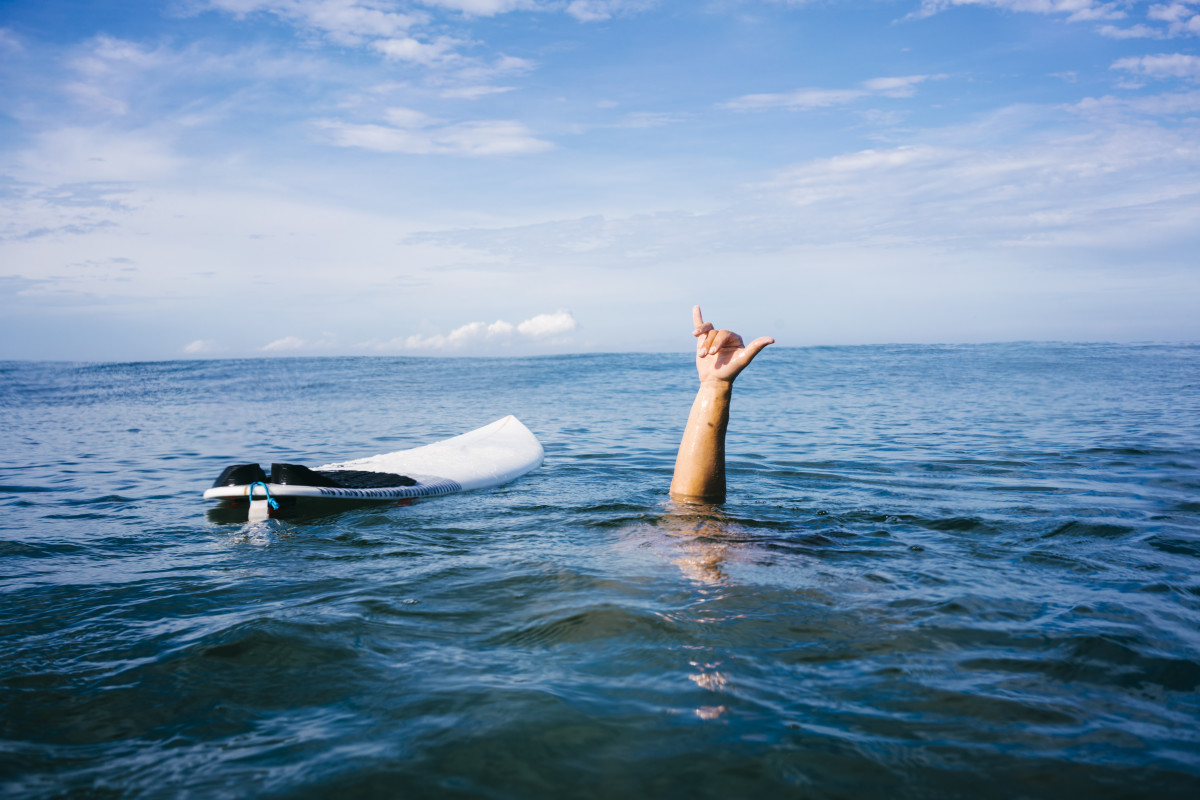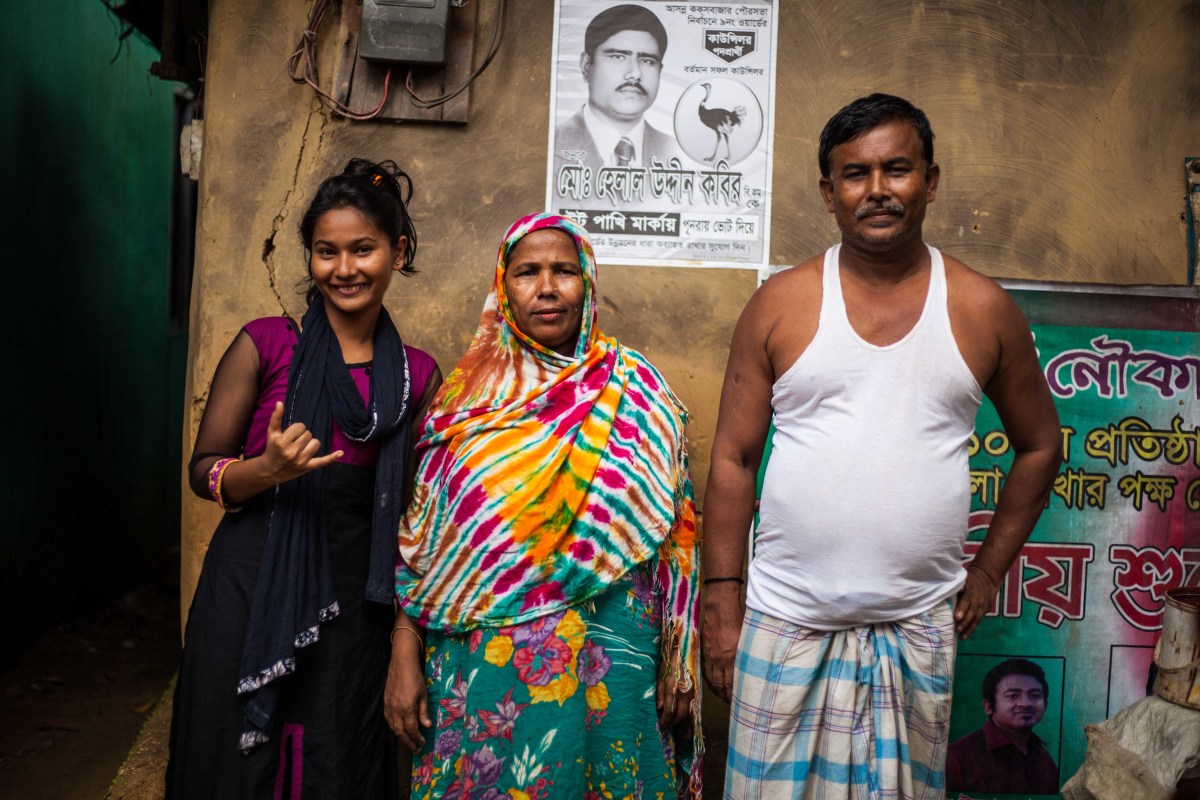Hawaii is poised to adopt its newest state symbol – the shaka. A bill introduced by senator Glen Wakai passed the Hawaii State Legislature (parliament for those in a non-US system) on May 1st and has been sent to the Governor to be signed into law, which will make it the first time a gesture has become a state symbol anywhere in the US. The bill aims to “adopt, establish, and designate the shaka as the official gesture of the state.”
The shaka symbol is one we all know well in the surf community. From locals on the beaches of Bangladesh to the isolated coastlines of East Africa, surfers everywhere use the shaka as the signal of mutual understanding. It’s a little sign we have for each other that says, “I see you.” But what are its origins? A new documentary out of Hawaii called Shaka, a Story of Aloha shares the history of the symbol and the various mythologies of the hang loose sign’s past.
The shaka is more than just a gesture, it’s deeply cultural. The hand signal is broadly considered to have originated from the community of La’ie on Oahu’s north west coast. Senator Glen Wakai, who introduced the bill said, “It is a symbol of happiness. We flash it for an assortment of reasons – when we greet each other, say goodbye, thank one another. It’s a ubiquitous gesture that is offered with the best of intentions.

Getty
“The shaka was born in Hawaii, now we want to share the goodness it embodies with the planet. Our world needs less hate and gunfire, and more Shakas!” the Senator said.
Community leader and fisherman Hamana Kalili was first seen throwing shakas in the 1930s. Kalili was missing his three middle fingers on his right hand from what is thought to have been an accident in the sugar mill where he worked. Later, when he worked as security on the train from Sunset Beach to Kaaawa, kids who were train-jumping would look for his hand in the air to know whether they had the all clear to jump onboard. If they saw his two fingered wave, they knew they couldn’t jump. Kalili’s community leadership is fabled, recognized for everything from leading hukilaus (community fishing events) to raise money to rescuing hikers lost in the bush. There is now a statue of Kalili throwing a shaka in La’ie.
The name of the gesture was not thought to have been given until the 1960s when used car salesman Lippy Espinda started to say shaka in his advertising with the catchphrase “shaka brah”. Lippy was described as a community minded character, hosting events that he would then use to promote his cars, with his ads also saying, “I provide a guarantee for as long as you can see me waving down the street.”
Hawaiian language however, doesn’t have a letter s, so the name is considered to have likely been borrowed from Japanese Buddhism, where Shaka is a name for Buddha. Japanese migration to Hawaii began in the 1880s, when the islands were largely controlled by United States plantation owners. They had an active recruitment drive to bring workers from Japan to work on their sugar plantations, making Japanese the largest percentage of the population in Hawaii by 1923. In 1963 the film Buddha (Shaka) was premiered in the US, making the word shaka part of the lexicon of those in Hawaii. It is from this that it is thought that Espinada got the name for the gesture we know as the shaka.

There is however, another known use of the word shaka. Shaka Zulu was a king who ruled Zulu in South Africa from 1816 to 1828, known for his resistance against British occupation of the Kingdom of Zulu. In the province of Kwazulu-Natal, the area around Durban on the east coast, September 24 marks Shaka Day, to commemorate King Shaka and his work to unite various tribes to form the kingdom of Zulu and his largely diplomatic efforts to protect his people. The same date is known as Heritage Day across South Africa, which celebrates the rich and varied histories that make up the fabric of the nation.
Since the shaka has become a globally popular gesture, there has been a growing push to have it recognized for the important story of Hawaiian culture that the gesture tells.
As surfing was taken from Hawaii to the world, so was the shaka. The shaka has long been associated with surfers everywhere – a simple way to communicate to each other and the world that we’re surfers. The shaka is an expression of our identity as a global surf community and when it becomes a state symbol the spirit of the shaka will become galvanized as uniquely Hawaiian.
The Governor of Hawaii has signaled he fully supports the shaka bill and will sign it into law next month.

